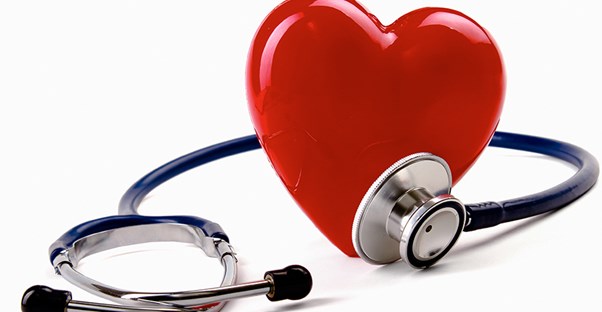Ejection fraction is a measurement of how much blood the heart pumps out into the body. While no heart empties completely, it should release at least 50-70% of the blood that enters it. Lower percentage levels can be suggestive of heart failure, cardiomyopathy, untreated high blood pressure, or damage sustained from a heart attack. While each of these disorders comes with their own symptoms, many cardiovascular symptoms share similarities. Here’s a look at symptoms that commonly coincide with a low ejection fraction.
Understanding the Heart and Ejection Fraction
The heart is composed of four chambers: two upper atria and two lower ventricles. Oxygen-poor blood from the body enters the right atrium, then descends into the right ventricle. It is passed on to the lungs, where it is resupplied with oxygen, sent back up to the left atria, and then down into the left ventricle. At this point, it should replenish the body with oxygen and nutrients. When your ejection fraction is too low symptoms arise are largely because the body isn’t getting enough blood and therefore not enough oxygen. 40-50% ejection fraction generally coincides with damage, such as may arise from a heart attack. When ejection fraction falls below 40%, it is considered low and is often indicative of heart failure
Low Ejection Fraction Symptoms
When your body fails to get enough blood and oxygen, it can react in a variety of ways. Some patients have an extremely low ejection fraction and experience no changes or symptoms at all. Yet, there are a whole host of symptoms that may cause issues. You may experience a shortness of breath or difficulty breathing. This often extends to exercise intolerance, which is particularly unfortunate, as proper exercise can often help relieve some of the symptoms of a low ejection fraction (always follow your doctor’s orders in this regard).
The brain, arguably the most important of the vital organs, needs oxygen just as much as the rest of the body. As it struggles to work despite not receive sufficient oxygen and nutrients, you may feel confused, even experiencing deficiencies in your memory. Your muscles will also be affected, inciting feelings of weakness.
You may notice swelling (edema) of the ankles and feet. Essentially, because your heart isn’t pumping as effectively as it should be, it becomes difficult for the body to send blood and fluids back up the blood vessel system. They gather in the lower extremities, causing this swelling. You may notice swelling in your abdomen as well, and even nausea or vomiting. In later stages, even swelling of the throat is possible.
The Heart and Late-Stage Symptoms
Your heart itself, unsurprisingly, may be affected. You may experience palpitations or notice that your heart begins to beat very fast, very hard, or simply feel uncomfortable. This may grow worse as your ejection fraction percentage becomes lower and heart disease progresses to more dangerous degrees. Fluid may begin to fill the lungs; this can cause a crackling sound while breathing. The heart may begin to enlarge; the muscles can become thick and stiff. Without enough oxygen, your organs may eventually begin to shut down.




